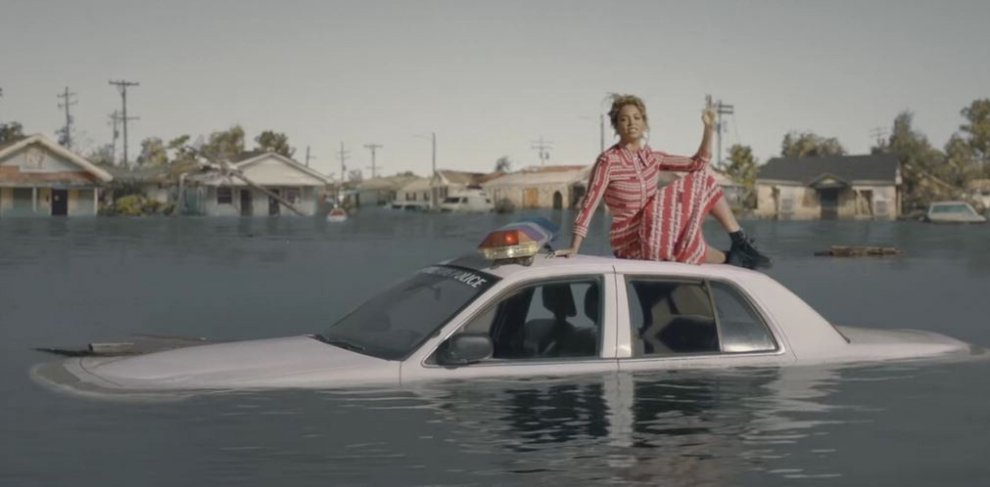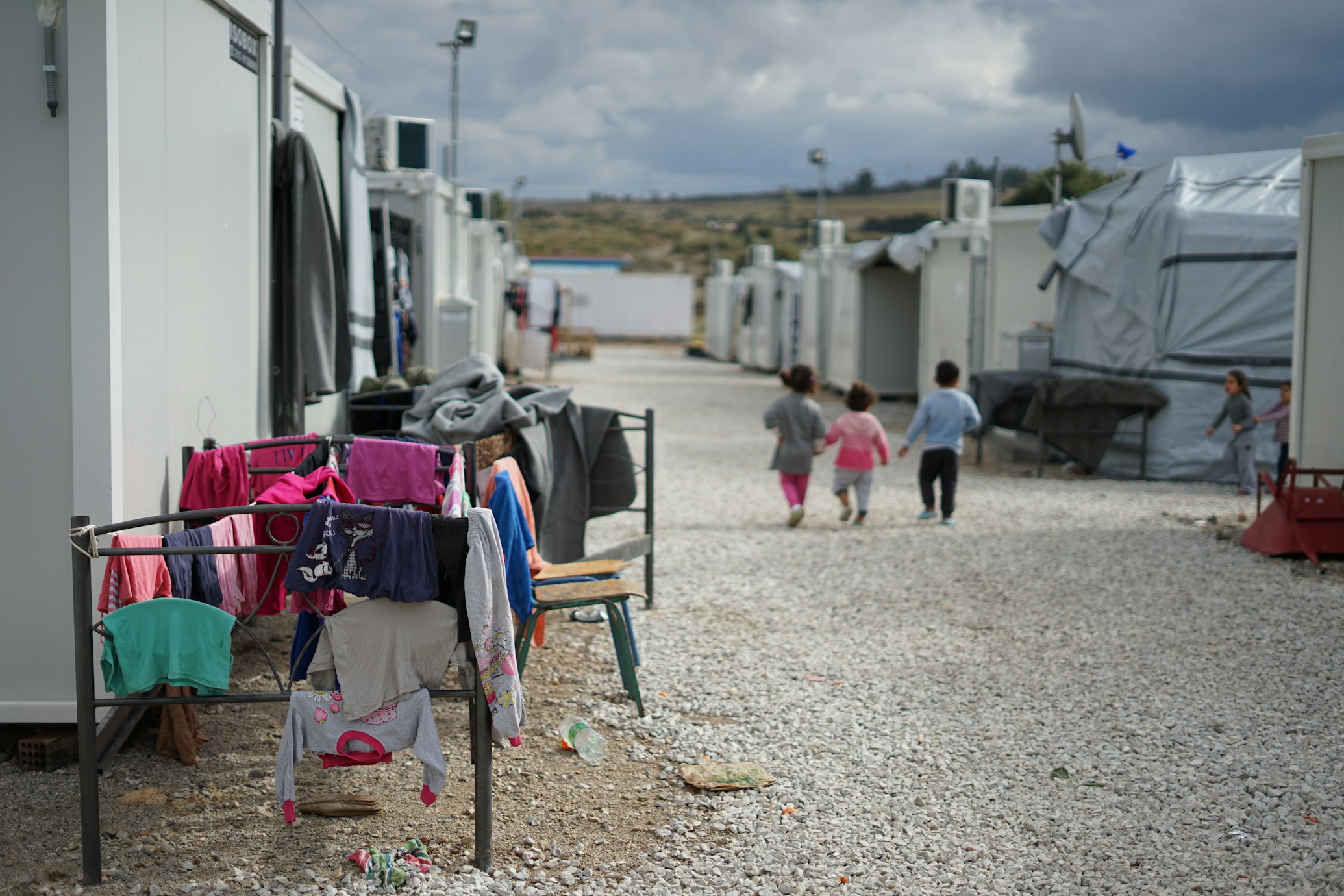Songs of Protest

In the 1970s hippies embraced the countercultural voices of their generation and protest music was very hip. Now, protest music has a crusty punk rock or dread-locked folk singer imago. However, protest songs aren’t a phenomenon of the past.
Protest songs have existed for ages, in that sense of course they are from past times. They originate from the “psalms” of grass roots Protestant movements. From there they evolved, and now the protest songs of our time are typically characterized by individual indignation and offer a political, rather than religious, message designed to change political opinion. Protest songs are often associated with a movement for social change. Among social movements that have associated protest songs are the abolition movement, women’s suffrage, the labor movement, the human rights movement, civil rights and the anti-war movement. The genre ranges broad, from Beethoven’s Ode to Joy, to Pink’s Dear Mr President.
Is protest music thus a dead art?
In the 1970s and 1980s legendary protest artists such as Bob Dylan, Phil Ochs and Joan Baez lent musical backing to the civil rights and anti-Vietnam war groupings. Music was, for a time, a powerful countercultural force and a tool of political protest that helped shape popular opinion. Now that these years are long past, there has been talk that protest songs are no longer an effective form of political protest. For example, Malcolm Taylor, a folk music expert, said that “today’s discontents prefer Facebook and other social media.”
Is protest music thus a dead art? Although many people feel like protest music is something that came and went with the Vietnam War era and the struggle for civil rights, this is not the case. Protest music has accompanied every major period of progress in the world. These days, even major pop stars like Kanye West and John Mayer have released politically-engaged songs. And lets not forget rap music. Meanwhile less popular folk, alt-country and other roots-related genres are carrying on the tradition of protest song in the form that we know from the Vietnam War era.
Apart from protest song still being produced today, older protest songs are also still relevant. Last year, John Lennon’s Imagine ranked at first place of the Top 2000, a popular Dutch chart that is broadcasted between Christmas and New Year’s Eve. Although this song takes an entirely different approach from most angry punk protest music, this shows that protest music can be ageless. The concepts Lennon sang about in 1971 during the Vietnam War, still provide us an inspiring message today. Another example of timeless protest music is Bob Dylan’s Blowing in the Wind. Although the famous protest song was released in 1963, he still performs it at every show he plays and it is still widely popular. These two examples, and there are many more left undiscussed, show that protest music can be so universal and timeless that although composed in a different time setting, they can still be listened to today in their function of protest songs.
A big commercial show can serve as a stage for protest too.
Another comment that has been made to the detriment of the status of protest music nowadays is that it has been swallowed up by commercial interests of the music industry and thus lost its power. Although it is less likely now that a lone man playing his protest song while he’s casually accompanying himself on his guitar will reach a worldwide audience and make a political statement à la Bob Dylan, there is still popular music that provides us with a politically engaged message. A big commercial show can serve as a stage for protest too.
Recently, Beyoncé caused an outrage when she performed the single Formation, from her new album Lemonade at the Super Bowl. She made a statement against police brutality and injustice, which immediately brought attention to these issues internationally. Next to the lyrics of the song, it was just the more showy commercial aspect of the performance that made a political statement stronger. In the costumes and choreography of the performance references to Malcolm X and the Black Panthers Party could be found, which highlighted the message of the lyrics. After the performance, a major outrage erupted and police brutality became the hot topic of the day. Suffice it to say that the commercial music sphere is very suitable to create music to mobilize their audiences behind a political end.
Thus, although protest song might not be the same as in the 70s anymore, they have a proven relevance as we still listen to them. Also, the popular music industry can still protest in spite of, or maybe even because of, its commerciality. The only thing that is different now is that we can share the songs of Facebook and thus share them with all the world.
Featured Image:
Beyonce, Formation, 2016




I think most of anti-Vietnam war/anti-war protest songs were actually written in early and mid-1960’s. Recently posted video of a public domain anti-war topical protest folk song from 2016, “Orlando Massacre,” at following youtube protestfolk channel link that might interest your readers (although it’s not likely to be aired much over most radio stations in usa and europe in 21st century): https://www.youtube.com/watch?v=1NsrNTCzDYs